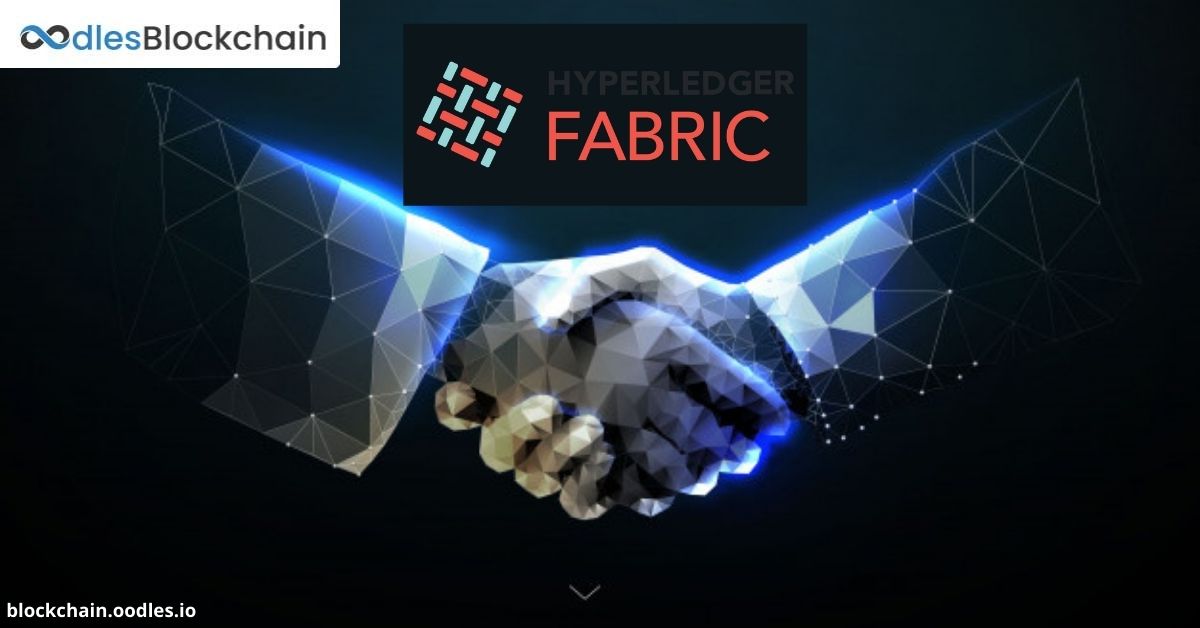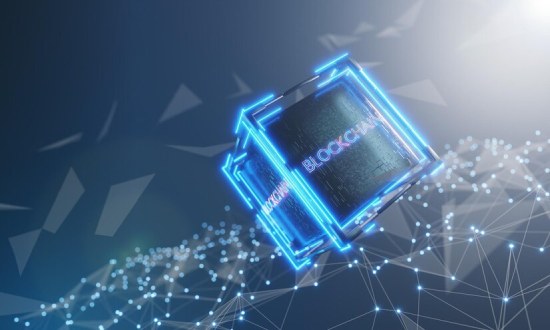-
In this compact study, find out why Hyperledger Fabric App development stands out for smart contract solutions for business use cases across a range of industries.
One of the influential things about blockchain technology is its distributed network, accessible to all approved parties. An intermediary group is not necessary for managing operations in a blockchain network, thus, saving you time and confrontation. Blockchain solutions although have challenges, are quicker and cheaper than conventional systems. Subsequently, the technology has become a matter of discussion among governments, financial institutions, and businesses. Also, a subject of discussion is its revolutionary application, smart contract solutions.
Smart Contract Technology
A smart contract is a computer protocol that can facilitate, validate, or execute the agreement or execution of a contract automatically in a blockchain network. Without third parties, smart contracts enable the automated execution of transactions with credibility. Therefore, the transfer of transactions with smart contracts on a blockchain is trackable and permanent.
One of the comprehensive definitions to explain smart contracts is to equate them with a bank's infrastructure.
Generally, it requires negotiation with bank institutions to move any credits from one customer to another. It is a time and cost-consuming operation. With blockchain smart contracts, a user can efficiently drop the trade in the ledger, and that's it. Further, a smart contract manages the rest of the steps to complete a transaction. Also, it can not only specify laws and arrangements of a standard framework but also execute those commitments automatically. Basically, there are various distributed ledger tools and frameworks available that can assist in the creation of smart contracts. However, one of the most efficient is Hyperledger Fabric.
Hyperledger Project | Hyperledger Fabric Development
Hyperledger Fabric is a blockchain platform for developing applications based on distributed ledgers. Its modular architecture is resilient, stable, confidential, and scalable and operates in the backend. It can be pluggable on multiple platforms and conform to the complexities of existing systems.
The Hyperledger fabric enables modules to be plug-and-play while providing provisions for consensus and membership facilities. Hyperledger Fabric leverages container infrastructure to manage the "chaincode" smart contracts that form the framework's application logic.
Hyperledger Fabric provides an interface that is inherently scalable and extensible, differentiating it from alternative blockchain technologies. It is important to build on top of a thoroughly vetted, open-source platform to prepare for the future of enterprise blockchain growth. Your starting place is Hyperledger Fabric.
Also, Read | The Potential of Hyperledger Fabric for Enterprise Solutions and Its Use Cases
Development Elements of the Hyperledger Fabric Platform
Provision for Assets
These concepts allow trading of almost everything across the network with monetary value, from whole foods to vintage cars to currency futures.
Chaincode Feature
The execution of Chaincode is partitioned from the ordering of transactions, restricting the necessary levels of confidence and verification across node types, and maximizing scalability and efficiency of the network.
Distributed Ledger Feature
For each channel, the eternal, public ledger encodes the entire transaction history, which provides SQL-like query functionality for accurate auditing and conflict resolution.
Channel-Powered Privacy
Channels allow high degrees of privacy and anonymity for multilateral transactions demanded by competing firms and controlled industries that share properties on a shared network.
Protection & Membership Services
Approved membership offers a trusted blockchain network where participants know that authorized regulators and auditors can track and track all transactions.
Consensus Mechanism
Its creative approach to consensus provides the versatility and scalability necessary by an organization.
Also, Read | Analyzing the Food Traceability System Developed by Walmart with Hyperledger Fabric
Development Edge of Hyperledger Fabric over Others
Membership through Permissioned Network
Find a business of private equity. It is not publicly listed on the stock market by design, and its owners are predominantly venturing capital and private equity companies. It is important to realize that the users in this network are able to transact in the blockchain.
Strengthened Efficiency, Scalable, and Transparency
Just the signatures and read/write requests (Ledger entries) are sent from the V1.0 architecture onwards only across the network. Scalability and efficiency are also optimized. In comparison, the exchange is only used by endorsers and by committers. That provides more security since the blockchain network needs less faith.
Information Access on a Need-to-Know Basis
"Cryptography" is not enough for many financial institutions. The hardware is getting faster and more advanced. After a few years, a day will come when private data becomes public. Channels help provide a data-partitioning capability where the number of transactions and the data itself can only be used by people who wish to see the data.
Provision for Rich Query Concerning the Immutable Ledger
The ledger is the series log for the blockchain program for state transactions. The new file system for peer nodes is permanent since the v1.0 upgrade, which also has LevelDB. A choice is also available to use CouchDB, the content of which is in JSON and can be entirely queried. This JSON support helps to minimize the work necessary for reports and for the execution of audit firms.
Integration of Plug-In Modules Facilitating Modular Architecture
The modularity of the Hyperledger Fabric architecture helps network builders, which is an advantage, to plug in their desired component implementations.
Safeguarding Digital Keys and Sensitive Business Data
HSM (Hardware Security Module) supports a way to protect private keys. To ensure greater protection, private keys do not go outside of the HSM. PKCS#11 is a standard endorsed by HSMs to allow a generic way of interfacing with an HSM for applications.
Also, Read | Creating Industrial Permissioned Systems with Hyperledger Fabric
Challenges in Adoption with Hyperledger Fabric Development
Modern and Dynamic
The software group has been active in the manufacturing of distributed ledger systems. More than 150 blockchain engineers from 28 organizations work with the Fabric project and that's a pretty big amount. So with the specifications, the Hyperledger Fabric Technology will continue to evolve and change.
Limitations with SDKs and APIs
In Java, Node, and Go, there are SDKs available for hyperledger creation. But none of them is entirely user-friendly. You would have to learn a little of the underlying code of the hyperledger fabric as a blockchain developer, to apply stuff as you need. Plus, not all SDKs are completely compliant with anything to create/fetch/update and you will still be bugged out by a lack of documentation. In comparison, chaincode support for Java is not available from version 1.0 onwards.
Complexity in Application Architecture
Hyperledger Fabric Technology is recent and it is more difficult to understand with complex architecture and the absence of proper documentation.
Also, Read | Developing Education-to-Employment Verification Solution with Hyperledger Fabric
Use Cases | Hyperledger Fabric Development
Below are a few instances of the use of hyperledger fabric to give you an understanding of blockchain technology implementations in various sectors, for example.
- Capital Markets
- Financial Services
- Government
- Healthcare
- Supply Chain and Logistics
Also, Read | Compelling Use Cases and Applications of Hyperledger Frameworks
Conclusion
Looking at the current rate of blockchain technology adoption, we expect that by the end of 2022, the industry size will be far larger. Simply put, the growing demand for blockchain technologies provides a plethora of possibilities, and Hyperledger Fabric gives you the power to get into the game.
We provide our consumers with Blockchain application development for multiple networks for an intuitive and simple experience. Our Blockchain applications, intelligent contracts, and services for the creation of cryptocurrencies are stable, robust, and suitable for diverse business needs.

Our Offices
INDIA
Emaar Digital Greens, Sector 61,
Gurugram, Haryana
122011.
Welldone Tech Park,
Sector 48, Sohna road,
Gurugram, Haryana
122018.














